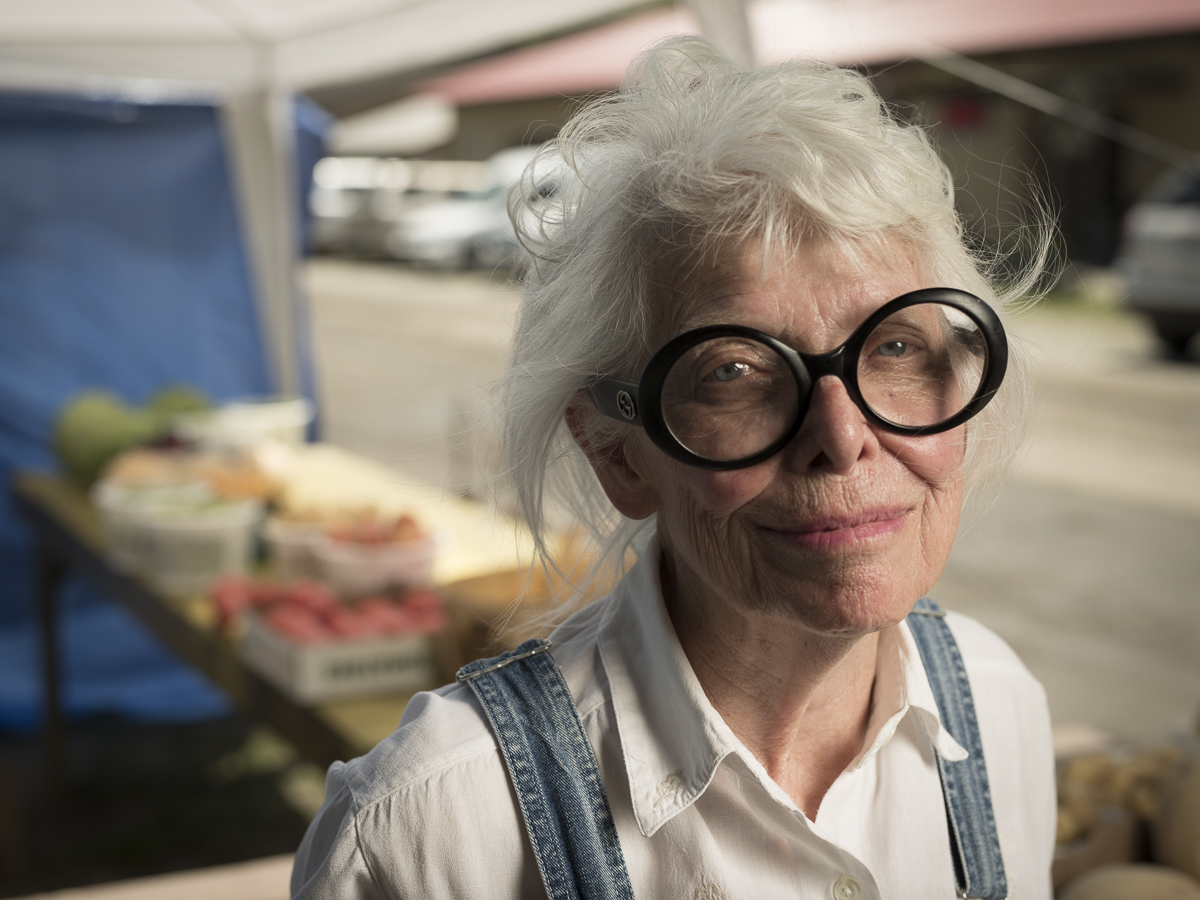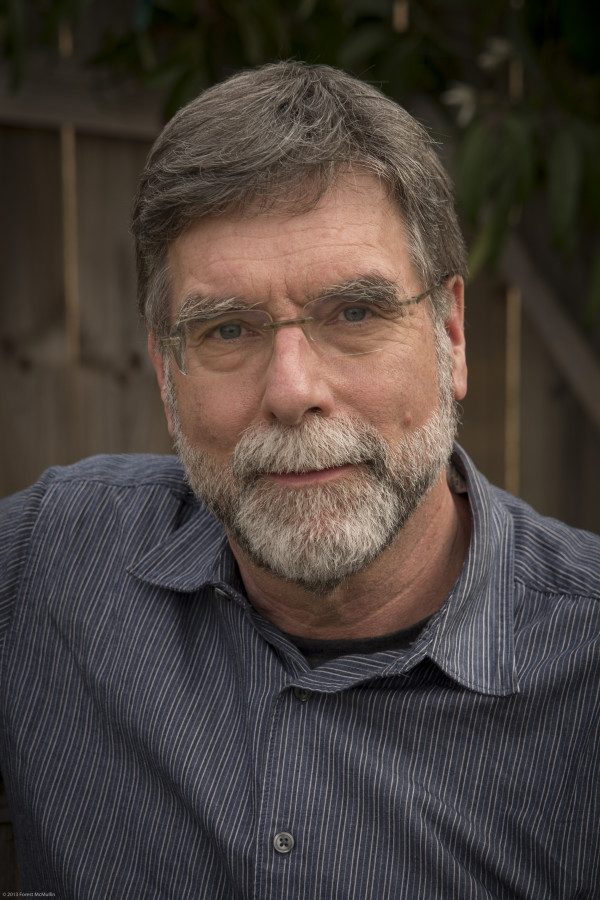By Forest McMullin
As a photographer who specializes in environmental portraiture, lens selection is critical to the look of my work. Much of the time I choose to shoot with prime lenses. Let me explain why I made that decision for one of my projects.
In 2014, I was given an artist residency at The Hambidge Center for Arts and Sciences in Rabun, Georgia. For two weeks that year and again in 2015 and 2016, I was given a cabin tucked away in the mountains, dinner prepared for me four nights a week, and encouragement to do whatever I wanted. I had driven through the area around Hambidge a number of times when my wife and I had gone to the Great Smokie Mountains of North Carolina from our home in Atlanta on camping trips. We often stopped at flea markets along the way and the faces I saw at these rural stops struck me. There was an extraordinary range of types and ages and looks. I knew there was a project here waiting for me to photograph. That idea became American Flea.
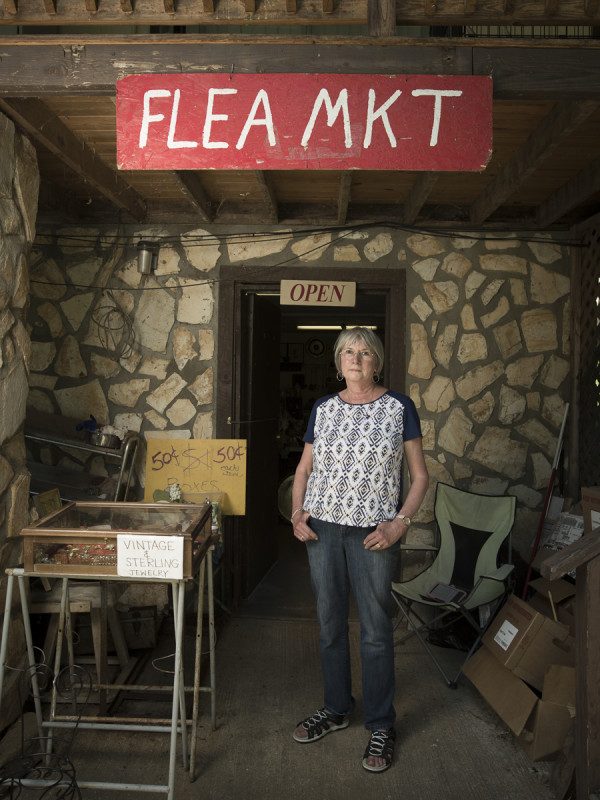
For me, shooting portraits takes time, primarily because I need to talk to my subjects to get them to relax and trust me. The flea market portraits were no different- in fact, talking to people became an integral part of the process. Many of the vendors and customers will tell you that making money or finding bargains isn’t the thing they enjoy most about the experience. What they really love is the chance to meet and talk to the people they encounter. I found that everyone had a story and they wanted to share it with me.
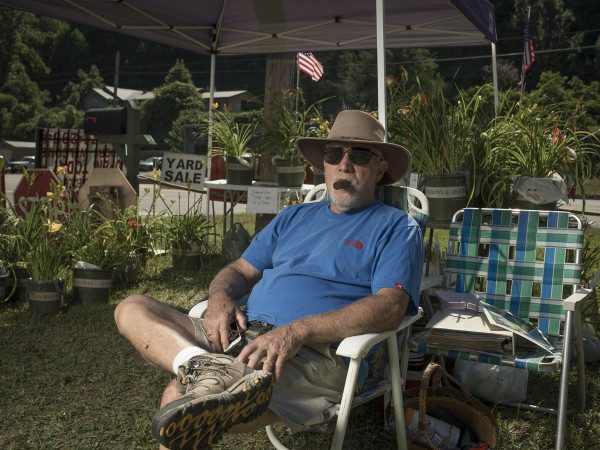
When I work in this way, I think of portraiture as an active process. I’m not a passive observer as when I’m doing a story that requires a more candid approach. I’m actively engaged with my subjects when we’re talking before I start photographing and as the shooting begins, that engagement continues. I set up strobes and I rarely work from a tripod.
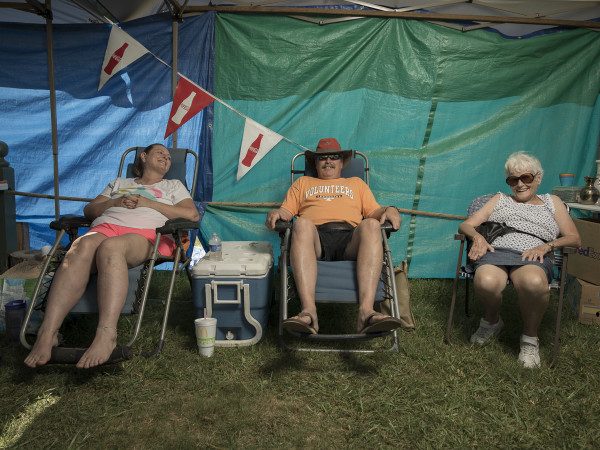
The Sigma Art Series primes were perfect lenses for this style. I don’t want to hang back, zooming in and out to alter my compositions. I want to be actively moving around the space, closer, farther away, higher, lower. I sometimes think of myself dancing when I shoot like this. It’s a metaphoric dance as I try to elicit the best expression or pose from someone, but it almost becomes a literal dance as I change the scene in my viewfinder. And the focal lengths of 24mm, 35mm, and 50mm are perfect for showing the environments that are so important to this work. I may even try the Sigma 20mm f1.4 DG HSM | Art for some of them when I’m in particularly tight spaces and want to see even more if the environment in the frame.

A curator recently told me that she thinks that these images need to be printed very large, perhaps 40” x 60” or larger. Lately I’ve been trying to shoot these portraits at f/4 or f/5.6 because of the way the background softens with the depth of field and these Art Series lenses are incredibly sharp at those apertures. (Actually, my tests have shown that these lenses are really sharp all the way through the aperture range, unlike most other lenses.) I have no doubt these files will hold up when I go to make big prints.
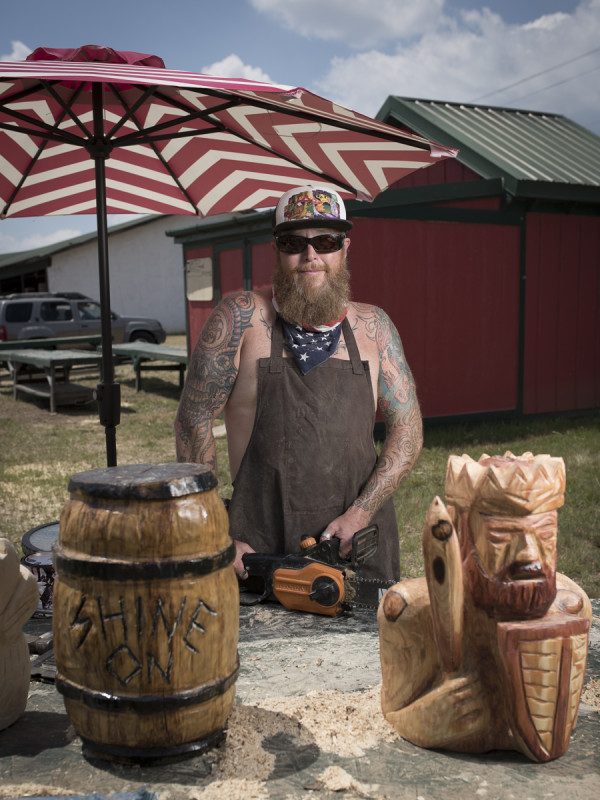
The 24mm f1.4 DG | Art, 35mm f1.4 DG | Art, and 50mm f1.4 DG | Art Series lenses have become indispensable to me as I continue American Flea. They have the combination of sharpness, focal lengths, and maximum aperture that makes them perfect for this project. I love these lenses!
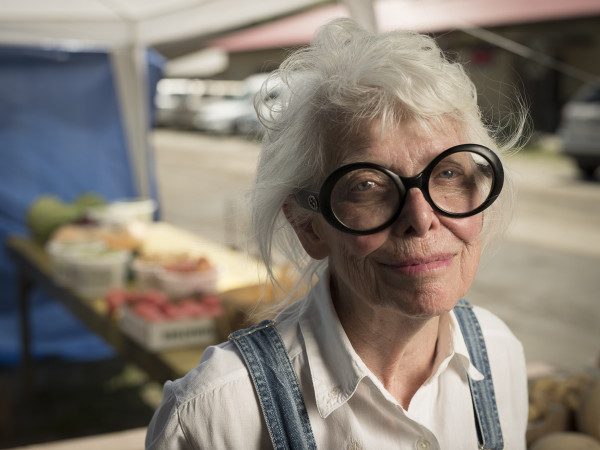
You can see more of the pictures from American Flea at Distractify.com and Lensculture.com.
And read about more of my ideas about portraiture on my website.
About Forest:
Forest McMullin is a freelance photographer, consultant, and photographic educator based in Atlanta, GA. For over thirty years he has been providing distinctive photographs to Fortune 500 corporations, graphic design firms, advertising agencies, and numerous business and general interest magazines and web sites. He specializes in photographing fringe social groups and is respected for his ability to bring out their dignity while still showing them with directness and honesty. He works regionally, nationally, and internationally. His documentary projects have included such diverse subjects as men and women with extensive cranial and facial disfigurement, the first prison boot camp in New York State, small-time WWE style wrestlers, African American cowboys, and pub owners and customers across the United Kingdom. His photographs have been exhibited across the United States as well as in Paris and Beijing as he continues to cover assignments. His photographs are in numerous public and private collections. Currently he is a full time Professor of Photography at the Savannah College of Art and Design’s Atlanta campus. As a consultant, he works with individuals, businesses, and industry leaders on issues including portfolio development, marketing strategies, business planning, and equipment testing and advice.
Check out more of Forest’s work:

